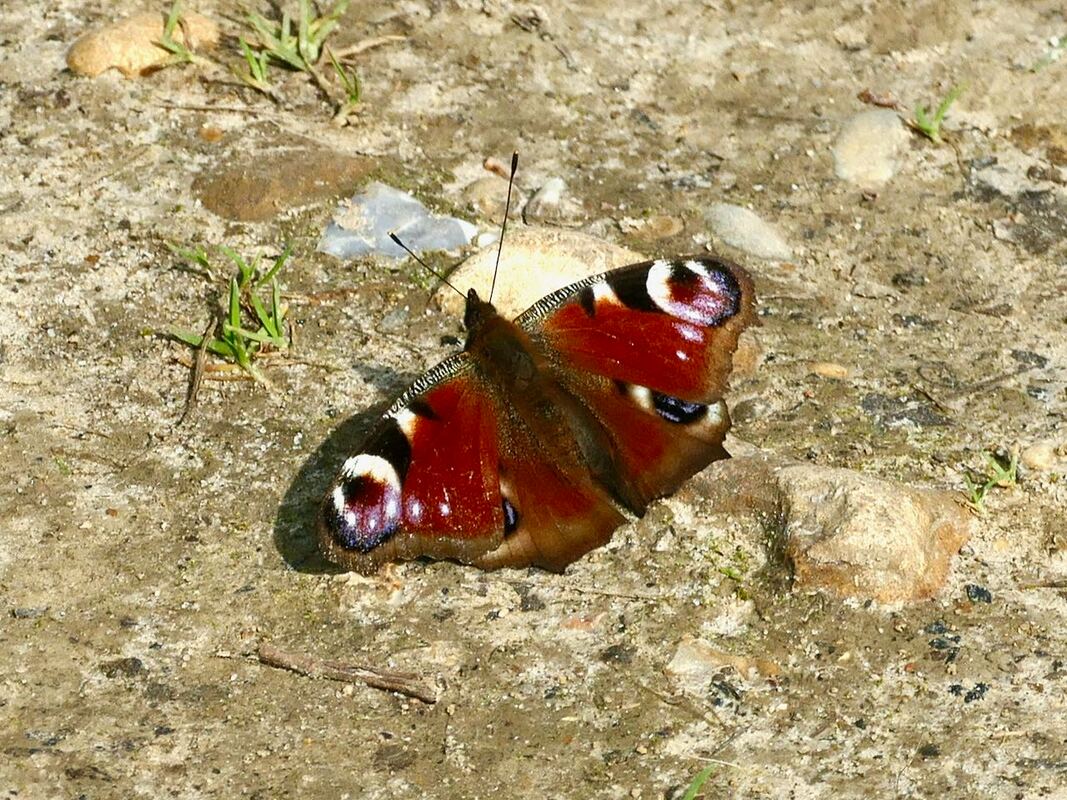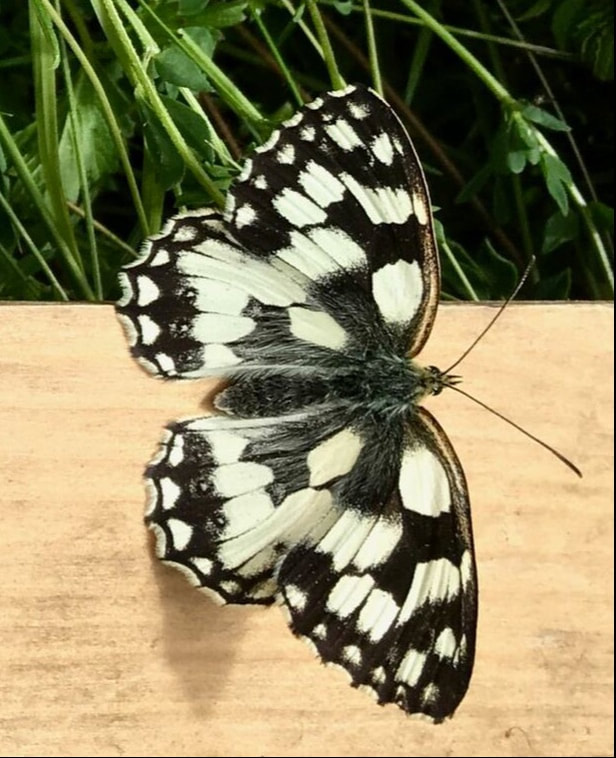|
At twenty-one degrees, the weather for Transect 2 was only three degrees warmer than it was on the previous Friday's butterfly count, but that slight rise in warmth (plus the extra few days) made a massive difference to our count. GK and BG recorded 29 Brimstone, unusually seen in all 12 transect sections (this is only achieved occasionally by Meadow Browns at the height of the summer). We also saw 11 Peacock (in five sections) and 3 Orange Tip (the first we've counted this year). The overall total was 43 butterflies. Although Fames Rough is in the process of recovering from disturbance during recent scrub clearing, its warm south-facing slope attracted 15 butterflies. It's hoped that, as the season continues and more flowers emerge, FR will hold its place as the best of our sections for the numbers of species and number of individual butterflies seen. Survey by Graham K and Brian Gardner submitted to Butterfly Conservation (UKBMS).
Report by Brian Gardner. Pic by Graham Kenward.
0 Comments
Graham Kenward, Liz North and Brian Gardner kicked off this new butterfly counting season on the afternoon of Friday 5th April. The weather was warm, with a mix of sunshine and cloud blown in on a strong and gusty SW wind. The transect route was still wet from the morning's rain and was treacherously muddy in places. Extra care was essential for the dreaded steep climb down into (and back out of) Fames Rough. Our butterfly sightings were few and far between, possibly due to the lack of any real shelter from the wind. Our count for the afternoon was 3 Brimstones, 2 Peacocks, 1 Comma and 1 Holly Blue (7 in total) and was the lowest for Week 1 since we started the weekly transects back in 2016, but it should also be noted that we have missed the first weeks' counts on several occasions due to even worse weather than we had on Friday. The clearance of thorn scrub from Fames Rough, carried out largely by the Surrey Wildlife Trust, is dramatic and very impressive. FR is now restored to the open meadow that we had for our first few years of transecting – we even found our original beaten path on the lower slope. Although the clearance of the invasive thorn makes our transect easier, the main purpose is to open up the area for the recovery of the wildflowers and the insects that feed on them. FR has SSSI (Site of Special Scientific Interest) status granted when it had nationally rare plants and it is hoped that clearance will encourage them to return. Survey by Graham K. Liz North and Brian Gardner submitted to Butterfly Conservation (UKBMS).
Report by Brian Gardner. |
The TransectualsHere you'll find details and pictures from the team carrying out our regular butterfly surveys (known as transects) over 26 weeks during Spring and Summer. Archives
July 2024
Categories |
|
|
The content on this website is subject to copyright of the WoodChips and their volunteers. Please get in touch if you wish to use any of the text or pictures.



 RSS Feed
RSS Feed
